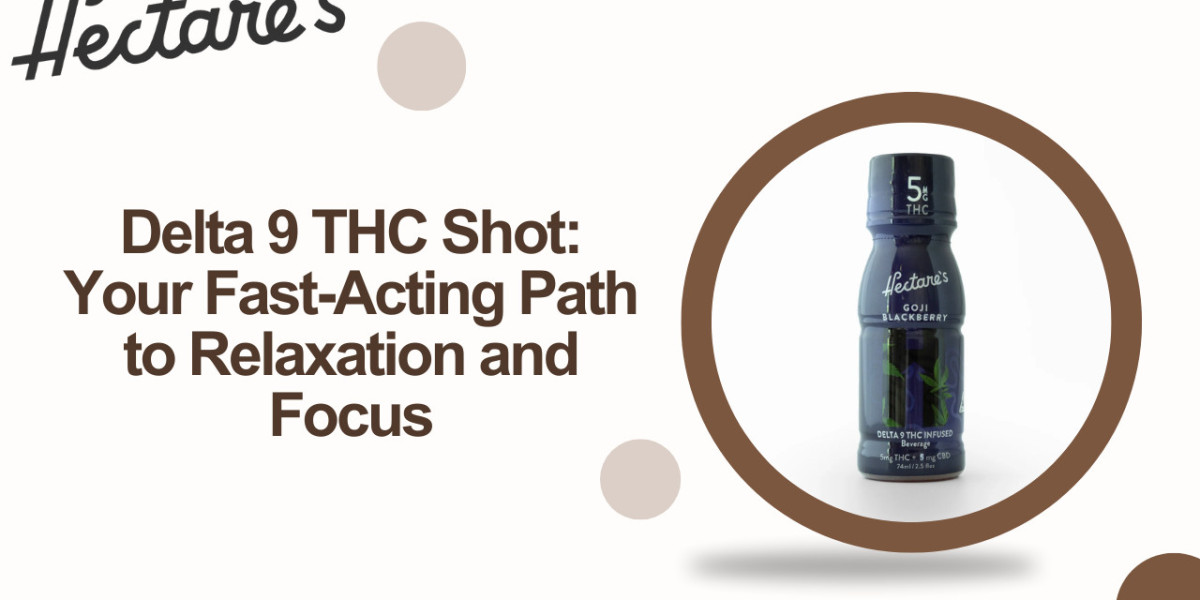A food vacuum sealer has become an indispensable appliance in maintaining the quality and longevity of stored food. Designed to eliminate air from specially designed bags or containers, it creates an environment that significantly reduces spoilage. This process is particularly beneficial in preventing freezer burn and preserving the flavour, texture, and nutrients of various items. The device has gained attention for its efficiency in managing perishable goods, making it an essential addition to households seeking to enhance food storage practices. Its ability to keep food fresh for extended periods makes it especially useful for preserving seasonal produce, bulk purchases, and pre-prepared meals. Additionally, vacuum sealing facilitates better organisation within storage spaces by reducing clutter caused by oversized packaging.
How Vacuum Sealers Work?
The functioning of a vacuum sealer revolves around creating an airtight environment by removing air from specially designed bags or containers. The process begins with placing the chosen item inside the bag, ensuring there is enough space near the opening for sealing. The device then extracts air from the bag, reducing oxygen levels to minimise the potential for spoilage. Once the air has been removed, the bag is sealed using heat to create a secure, airtight barrier.
This prevents the entry of external elements such as moisture and bacteria, which can compromise the quality and freshness of the contents. Many vacuum sealers are equipped with adjustable settings, allowing users to control the vacuum intensity and sealing duration. These features cater to the specific needs of different items, whether sealing dry goods, moist foods, or fragile ingredients. Certain models also come with additional functions for sealing non-food items or creating customised bag sizes.
Advantages of Using a Vacuum Sealer
One notable benefit of a vacuum sealer is its ability to retain the natural flavours, textures, and nutrients of food for longer periods. By removing air from storage bags, it helps minimise oxidation, which is a primary cause of spoilage. This method is particularly effective for preserving the quality of both fresh and cooked foods, ensuring they remain in optimal condition until they are ready to be consumed.
Another advantage lies in its practicality for meal preparation and portioning. Sealing pre-prepared meals or individual portions not only simplifies cooking routines but also aids in reducing waste by preventing over-preparation. Additionally, vacuum sealing is a valuable tool for those purchasing ingredients in bulk, as it allows surplus food to be stored without compromising its freshness.
The compact storage facilitated by vacuum-sealed bags also maximises freezer or pantry space, offering a practical solution for households with limited storage capacity while maintaining the organisation of stored items.
Different Types of Vacuum Sealers
Vacuum sealers are available in various types, each designed to suit particular requirements. External vacuum sealers are widely used for everyday tasks, as they seal the bag outside the machine and are well-suited for most food items. Chamber vacuum sealers, in contrast, are more robust and are ideal for sealing liquids or fragile items due to their ability to maintain a controlled environment during the sealing process.
Some models feature additional functionalities such as pulse settings for delicate foods or the ability to create custom-sized bags. There are also vacuum sealers designed specifically for sous vide cooking, offering precise control over the packaging process. The availability of these options allows consumers to select a device that aligns with specific culinary needs, ensuring efficiency and practicality in food storage and preparation.
Choosing the Best Vacuum Food Sealer
Selecting an appropriate best vacuum food sealer involves evaluating individual requirements and priorities. Devices with basic functionalities are often suitable for occasional use or smaller households, while advanced models equipped with customisable settings cater to more specialised needs, such as preserving delicate items or sealing liquids. Features like adjustable vacuum strength and sealing time can enhance performance and versatility, particularly for those who frequently store a variety of food types.
The choice of a vacuum sealer may also depend on the available storage space, as compact designs are preferable for kitchens with limited room. Certain models offer compatibility with reusable bags, which may appeal to environmentally conscious consumers.
Maintenance and Care for Vacuum Sealers
Regular upkeep of a vacuum sealer ensures its consistent functionality and longevity. The sealing strip, a critical component, should be wiped clean after each use to remove any residual particles or moisture that could interfere with the sealing process. Similarly, the vacuum chamber and surrounding surfaces require periodic cleaning with a soft, damp cloth and mild detergent to prevent the build-up of debris or grease.
It is advisable to periodically inspect the device for wear and tear, particularly in areas such as the sealing element or gaskets, as these can degrade over time. Replacing worn-out components promptly will maintain the device’s efficiency. Users should also follow the manufacturer’s guidelines regarding bag compatibility and avoid overfilling, which can lead to improper seals. Storing the appliance in a clean, dry area when not in use will further protect it from unnecessary damage.
Food Storage Tips with Vacuum Sealers
Proper handling and preparation of items before vacuum sealing can optimise their storage longevity. For perishable goods such as raw meat or seafood, pre-freezing them for a short period ensures they maintain their structure during sealing. Drying the surface of moist foods like vegetables can also prevent excess moisture from interfering with the seal’s effectiveness. For items such as bread or delicate pastries, using a lower vacuum setting reduces the risk of crushing.
When sealing aromatic foods such as herbs or spices, double-bagging can help contain strong odours. To prevent punctures, it is advisable to use bags with reinforced material for items with sharp edges, like pasta or bones. Labelling each sealed package with the contents and date of sealing assists in maintaining an organised storage system and helps track usage timelines.
Creative Uses for Vacuum Sealers
Vacuum sealers offer a wide range of practical applications beyond food preservation. They can be utilised to safeguard important documents, such as certificates and photographs, by protecting them from moisture, dust, and potential damage. For travellers or those with limited storage space, vacuum sealing clothing and bedding is an effective way to reduce bulk and shield fabrics from odours, pests, and dampness. This technique is particularly beneficial for seasonal garments or camping gear that may not be in frequent use.
In addition, vacuum sealers can assist in maintaining the quality of seeds for gardening, as the removal of air slows the degradation process. Certain electronics or tools can also benefit from vacuum sealing, ensuring protection from rust, dust, or water exposure. For those engaging in outdoor activities such as hiking or fishing, vacuum sealing survival kits, matches, or bait helps keep them dry and ready for use. The device proves its versatility in many unexpected but practical scenarios.
Environmental Impact of Vacuum Sealing
The environmental considerations surrounding vacuum sealing involve both challenges and potential benefits. By significantly reducing food waste, this method aligns with sustainable practices and minimises the resources lost through spoilage. However, the widespread use of disposable plastic bags and materials raises concerns regarding long-term ecological impact. Opting for reusable or biodegradable vacuum sealer bags can address some of these issues, offering a more sustainable alternative for environmentally conscious users.
Additionally, advancements in vacuum sealing technology have led to the development of energy-efficient devices, which can further lower the environmental footprint of their usage. Choosing machines designed to operate efficiently may contribute to conserving energy, especially when used frequently.
Extended Shelf Life
The growing availability of eco-friendly materials and equipment demonstrates the potential for more sustainable practices within vacuum sealing, provided users prioritise these options. Moreover, the extended shelf life achieved through vacuum sealing can reduce the reliance on frequent food purchases, indirectly lowering the carbon emissions associated with transportation and packaging waste.
Whether for professional chefs or domestic kitchens, the versatility of this appliance ensures its place as a key innovation in the realm of food preservation. Its practicality caters to the increasing demand for sustainable and efficient food storage solutions.
Cost-Effectiveness of Vacuum Food Sealers
Purchasing a vacuum food sealer can contribute to long-term savings by preserving food for extended periods, which reduces the likelihood of spoilage. This method is particularly advantageous for households that buy in bulk, as it allows large quantities of items to be stored without compromising quality. The ability to prepare and seal meals in advance also supports efficient meal planning, potentially lowering expenditure on takeaway or convenience foods.
The durability of many devices ensures that they remain a reliable tool over time, further justifying the initial investment. By decreasing food waste and enabling better utilisation of purchased items, the financial impact of discarded or unused food is significantly minimised. Certain models that support reusable bags or containers provide an additional cost advantage, reducing ongoing expenses related to single-use packaging materials.
Safety Considerations for Using Vacuum Sealers
Proper handling and adherence to manufacturer instructions are crucial when using vacuum sealers to ensure both safety and effectiveness. It is important to avoid sealing perishable foods at room temperature for extended periods, as this may encourage bacterial growth. Food should be adequately cooled or frozen prior to vacuum sealing to maintain freshness and prevent contamination.
Care must be taken to use bags and containers that are specifically designed for vacuum sealers, as incompatible materials may lead to ineffective seals or pose health risks. Ensuring that vacuum-sealed items are stored in appropriate conditions, such as refrigeration or freezing when necessary, is essential to prevent spoilage.
Conclusion
The evolution of food vacuum sealer technology showcases its potential to address modern food storage challenges. With advancements focusing on energy efficiency and compatibility with eco-friendly materials, this method aligns increasingly with sustainable practices. Emerging models incorporate innovative features, such as automated settings and enhanced sealing mechanisms, ensuring greater precision and convenience. The growing demand for solutions that minimise food waste and maintain nutritional value underscores the relevance of vacuum sealers in contemporary lifestyles. Furthermore, integration with smart technologies, such as app-based controls and monitoring systems, offers a glimpse into future possibilities for improved functionality. The capability of these devices to support both domestic and professional needs highlights their adaptability in a variety of contexts.
FAQs
Q1: Can liquids be food vacuum sealer?
A1: Liquids can be food vacuum sealer using chamber vacuum sealers, which prevent spills by vacuuming the entire bag within a controlled environment.
Q2: How long does vacuum-sealed food remain fresh?
A2: Depending on the type of food and storage conditions, vacuum sealing can prolong freshness by three to five times compared to traditional methods.
Q3: Are there reusable options for vacuum sealer bags?
A3: Certain vacuum sealer bags are designed for multiple uses, allowing them to be cleaned and resealed. These alternatives offer an eco-friendly solution to minimise waste.
| Related Business Listings |
| Contact Directory |
| Local Business Profiles |









